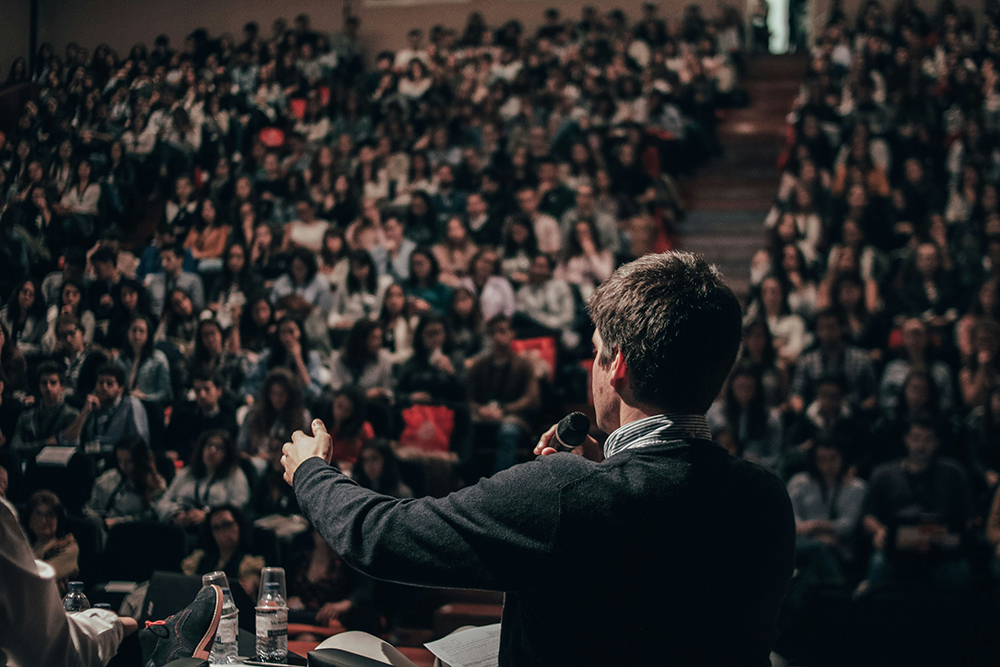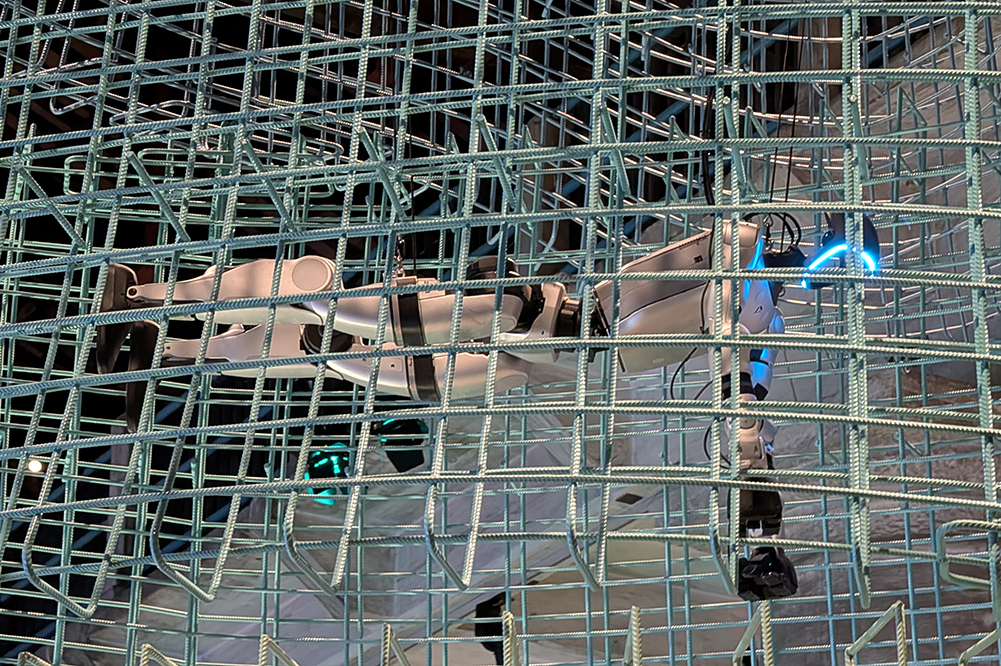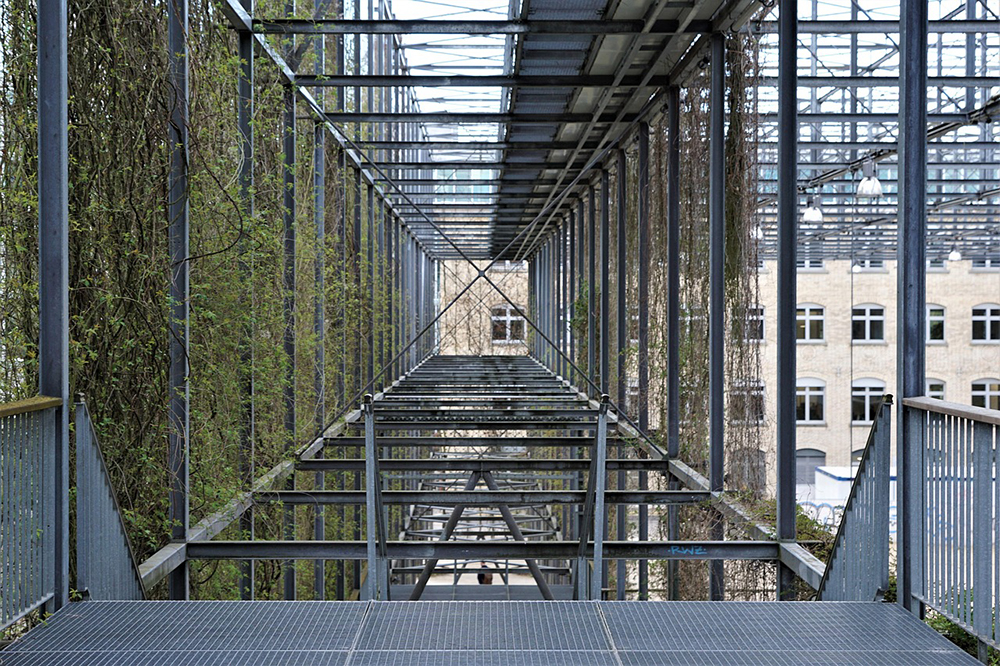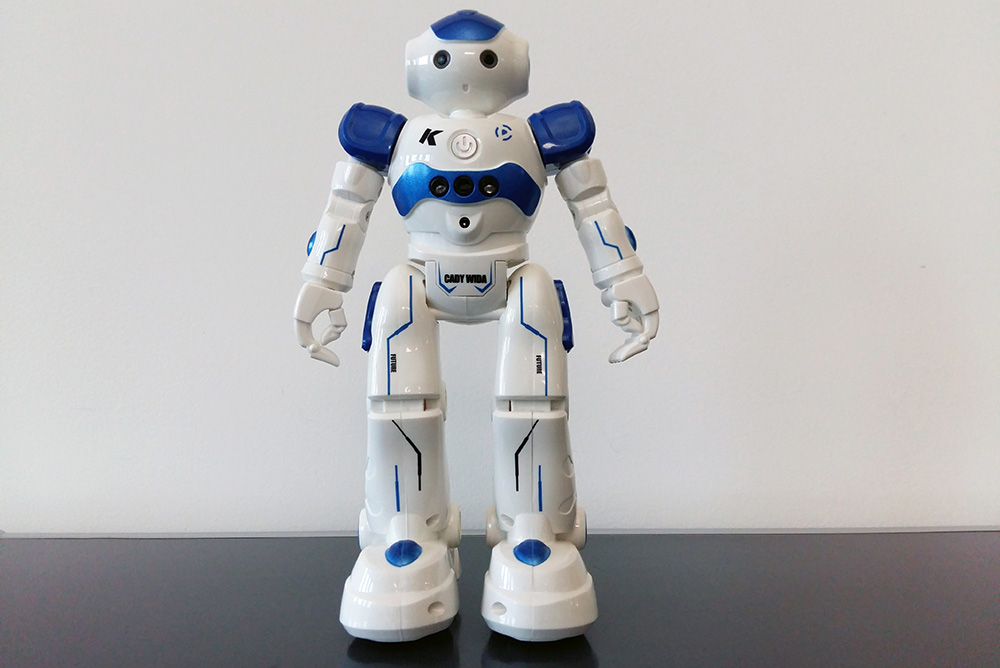The 18th International Conference on Social Robotics (ICSR + Art 2026) will take place in London, UK, from 1-4 July 2026. ICSR is the leading international forum that brings together researchers, academics, and industry professionals from across disciplines to advance the field of social robotics. As part of this edition, ICSR 2026 will host a series of live debates in the Debate Room (Senate Room), addressing pressing questions about social robots in society and culture. Debate proposals may focus on conceptual, ethical, scientific, artistic, practical, or societal aspects of social robotics and should connect broadly to the conference topics listed at icsr2026.uk/topics/. Submissions are open to contributors from social robotics, HRI, the arts, design, engineering, the humanities, and related areas, with interdisciplinary proposals particularly encouraged. Formats may include two-sided or multi-position debates, panel discussions, performative debates, or audience-engaged formats. In a nod to British debating traditions, participants are encouraged to wear academic gowns. Proposals are submitted via icsr2026.uk/debate-proposal, with a submission deadline of 1 March 2026 and notification of acceptance by 15 April 2026.
Unitree Robots in Venice
At the 2025 Architecture Biennale in Venice, Unitree robots are part of both an installation and a performance. While one robot paints on a canvas, the other plays music. However, you have to be lucky to see the performance, because most of the time the humanoid robots stand still or hang in the air. This is disappointing for visitors, who turn their attention to Alter3, which seems to know no fatigue. Another performance featuring carving cobots is also not on display, according to the media, for safety reasons. On the screen, you can see the arms reaching out to the audience. Although such proximity is normal for a cobot, individual visitors, such as children, can be unpredictable. So, in the hall where the robots are concentrated, there is at least one negative example of how a robot park should not be implemented. Information about the Biennale Architettura is available on the website.
Anouk Wipprecht at ICSR
On September 12, 2025, Dutch FashionTech designer Anouk Wipprecht gave a keynote speech entitled “The Intersection of Fashion, Robotics and Technology” at ICSR 2025 in Naples. In her presentation, she demonstrated how fashion can become an interactive experience that goes far beyond pure aesthetics by incorporating state-of-the-art technologies and scientific insights. With her designs, Wipprecht explores how clothing can transform not only our perception but also our relationship with the environment. A striking example of this is her Spider Dress, which uses integrated sensors and movable limbs to create a kind of technologically enhanced personal space. She collaborates with renowned partners such as Intel, Google, Microsoft, Samsung, Audi, and Swarovski, employing techniques like machine learning, biomimetic design, and microcontroller-driven animatronics. Her creations breathe, move, and respond to external stimuli – always with the aim of exploring new interfaces between humans and technology, and encouraging her generation to reflect on the future of the human body in digital space.
300 Keywords Space
The book “300 Keywords Weltraum” (“300 Keywords Space”) by Oliver Bendel was published by Springer Gabler on August 28, 2025. The first printed copies were delivered at the beginning of September. It is a fundamental work on space travel and space. It contains numerous digressions, for example on space poetry and space art – or on the mythological background to the naming of celestial bodies and galaxies. Central themes that run through the entire book are ethics, robotics, and the environment. These are areas in which the Zurich-based philosopher of technology and business IT specialist is at home. You can either read from A for Anthropozän (Anthropocene) to Z for Zwegplanet (Dwarf Planet), or choose one of the more than 300 terms and jump from there. It is Oliver Bendel’s sixth “Keywords” book, two of which are already in their second edition, namely the one on information ethics and the one on digitization. The most recent publication in this series is “300 Keywords Generative KI” (“300 Keywords Generative AI”). The book can be downloaded or ordered at link.springer.com/book/10.1007/978-3-658-49287-8. It is also available in bookstores.
A Delivery Robot in Zurich Oerlikon
Since August 2025, food delivery service Just Eat has been testing the use of delivery robots in Zurich Oerlikon, in collaboration with ETH spin-off Rivr. Several Swiss media outlets, including Inside IT und Tages-Anzeiger, reported on this on August 21, 2025. For two months, a four-legged robot with wheels will be delivering orders from the restaurant Zekis World. At first, a human operator will accompany each delivery run. What happens after that remains unclear. Although the robot is frequently referred to as autonomous in media reports, it’s also said to be monitored or even remotely controlled from a central hub. This setup is reminiscent of the Segway delivery robot that’s been operating in the U.S. for years, as well as Starship Technologies’ delivery robot, which Swiss Post tested near Bern in 2016. However, those models are more conventional in designe – ssentially wheeled boxes. The sleeker and more advanced Zurich robot, by contrast, travels at 15 km/h (about 9 mph), can handle obstacles like curbs and stairs, and uses an AI system for navigation. Its delivery container is insulated and leak-proof. The trial is reportedly a European first. If successful, Just Eat plans to expand the rollout to additional cities and retail applications. According to Inside IT, Rivr CEO Marko Bjelonic views the project as an important step toward autonomous deliveries in urban environments. However, some experts advise caution, especially in areas with heavy foot and vehicle traffic. Encounters with dogs and other animals must also be taken into account – initial research on this topic has been conducted in the context of animal-machine interaction.
How Human-Like Should It Be?
The Research Topic “Exploring human-likeness in AI: From perception to ethics and interaction dynamics”, hosted by Frontiers in Cognition, invites submissions on how human-like features in robots and AI systems influence user perception, trust, interaction, and ethical considerations. As AI becomes more integrated into society, anthropomorphic design raises pressing questions: Do human-like traits improve communication and acceptance, or do they lead to unrealistic expectations? What ethical implications arise when machines simulate empathy or emotion? This interdisciplinary call welcomes contributions from fields such as psychology, engineering, philosophy, and education. Submissions may include empirical research, theoretical analysis, reviews, or case studies that explore how human-likeness shapes the way we engage with AI. The deadline for manuscript summaries is September 22, 2025; full manuscripts are due by January 10, 2026. Articles will undergo peer review and are subject to publication fees upon acceptance. Topic editors are Dr. Katharina Kühne (University of Potsdam, Germany) and Prof. Dr. Roger K. Moore (The University of Sheffield, United Kingdom). For full details and submission guidelines, visit: www.frontiersin.org/research-topics/72370/exploring-human-likeness-in-ai-from-perception-to-ethics-and-interaction-dynamics.
Wearable Social Robots for Space Missions
The short paper “Wearable Social Robots in Space” by Tamara Siegmann and Oliver Bendel (FHNW School of Business) has been accepted for presentation at the International Conference on Social Robotics (ICSR). The conference will take place from September 10 to 12, 2025, in Naples, Italy. Social robots have been explored on Earth since the 1990s, but this study considers their application beyond our planet – specifically, on manned missions to Mars. The focus lies on wearable social robots, a promising form factor due to their compact size and light weight. Using AIBI as a case study, the short paper examines how such a robot could support astronauts under the unique psychological and environmental conditions of deep space travel. The authors discuss the little robot’s potential roles and highlight directions for future development, particularly in improving human-robot interaction and communication. The findings suggest that wearable social robots like AIBI could offer valuable support on long-duration space missions.
Suzuki Presents its Moqba
“On June 5, 2025, Suzuki made headlines in the robotics and mobility sector by launching the Moqba, a $3,000 four-legged transport robot designed to revolutionize urban commuting, accessibility, and logistics.” (The Jurnals, 6 June 2025) This was reported by The Jurnals in the article “Suzuki’s Moqba Unleashed: A $3,000 Robot Dog Redefining Urban Mobility” on June 6, 2025. “The Moqba’s sleek design features a white-and-black color scheme, a futuristic aesthetic, and a saddle-like seat for riders, blending practicality with a forward-thinking vision. Its four-legged structure, inspired by robots like Spot, allows it to navigate varied terrain, making it a versatile tool for both individual transport and commercial applications. With a top speed of 20 mph (32 km/h) and a range of up to 50 miles (80 km) on a single charge, the Moqba is well-suited for urban environments, where short, efficient trips are the norm.” (The Jurnals, 6 June 2025) The device looks solid and ready for use. However, it is probably not suitable for people taller than 180 cm. It is also unlikely to be suitable for physically disabled people. For everyone else, it could be an interesting way to get around (Image: ChatGPT/4o Image).
Intelligens. Natural. Artificial. Collective.
At the 19th Architecture Biennale in Venice (Biennale Architettura 2025) with the title “Intelligens. Natural. Artificial. Collective.”, robots play an important role. This is reported by several media, such as The Architect’s Newspaper. “Robots Falling from the Sky” is an installation in which robots appear to fall from the sky and interact with their surroundings. Another robot demonstrates its musical abilities by playing a handpan, a brass instrument. One is reminded of Henri-Louis Jaquet-Droz’s 18th century musician, who preferred a keyboard instrument. A robotic arm from ABB assists two Bhutanese craftsmen in working on a beam. For safety reasons, according to The Architect’s Newspaper, live carving with a drill was not permitted. The problem is not the two artisans, but the visitors. The Biennale is always dedicated to technical and futuristic themes. In 2021, the Architecture Biennale focused on cyborgs and transhumanists, among other things. In 2024, the art biennial featured a quasi-hologram and a spaceship-like installation. The Biennale runs from May 10 to November 23, 2025 at various venues in and near Venice, including the Giardini della Biennale, the Arsenale di Venezia, and the Forte Marghera in Mestre. Further information and the full program can be found at www.labiennale.org/en/architecture/2025 (Photo: Biennale Arte 2024).
ICSR Deadlines Extended One Last Time
The ICSR is one of the leading conferences for social robotics worldwide. The 17th edition will take place from 10 to 12 September 2025 in Naples, Italy. The deadline for submissions has been extended one last time. Full papers should consist of 11 pages of body text plus references as appropriate. The most important conferences dates are: Full Paper Submission: May 9th, 2025; Full Paper Notification: June 13th, 2025; Camera-ready: June 30th, 2025; Paper Presentation Days at ICSR’25: September 11th and 12th, 2025. All dates – including the deadlines for the submission of short papers and special session papers – are listed on the website. “The conference theme, ‘Emotivation at the Core: Empowering Social Robots to Inspire and Connect,’ highlights the essential role of ‘Emotivation’ in social robotics. Emotivation captures the synergy between emotion and motivation, where emotions trigger and sustain motivation during interactions. In social robotics, this concept is key to building trust, fostering empathy, and supporting decision-making by enabling robots to respond sensitively to human emotions, inspiring engagement and action.” (Website ICSR) Participants will meet for two days at the Parthenope University of Naples and for the third day at the Città della Scienza conference center. All buildings and rooms are also listed on the website. The PDF of the CfP can be downloaded here.









